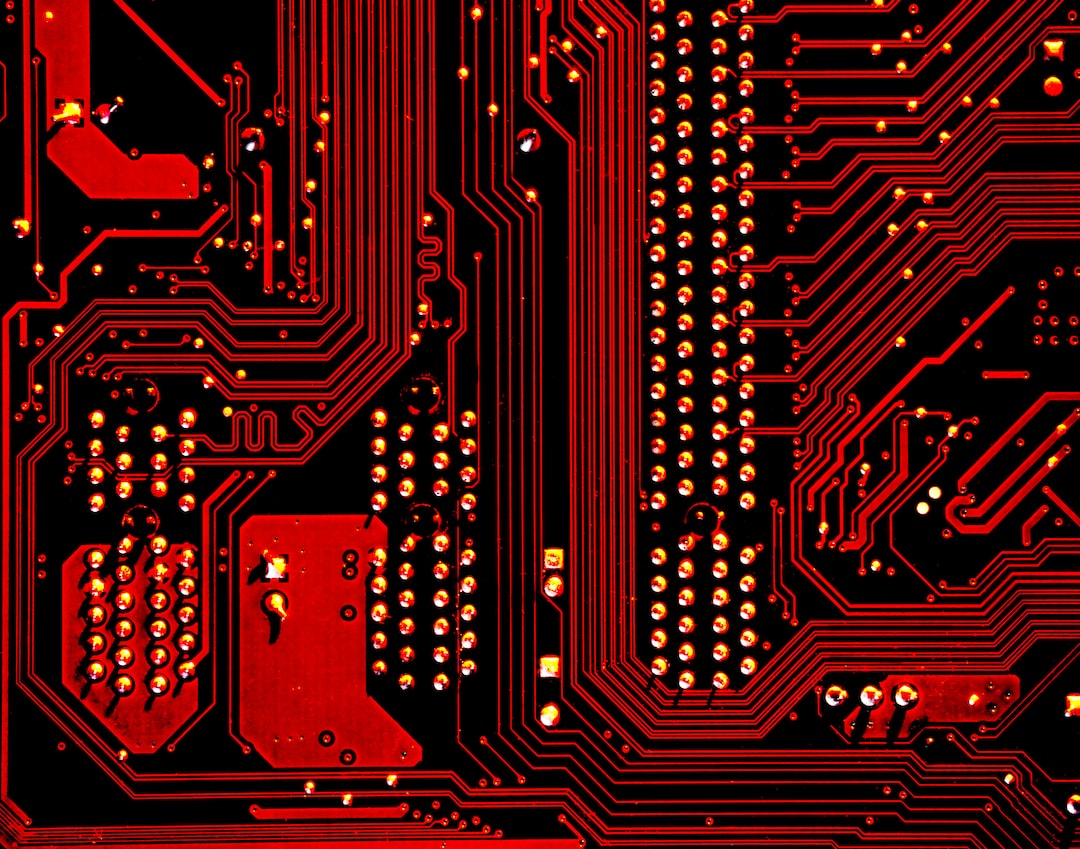Title: The Role of Automation in Modern Manufacturing: Transforming Industries and Manufacturing Processes for the Future
Introduction (80 words):
In today’s fast-paced world, automation has become an integral part of modern manufacturing. As technology continues to advance, businesses are embracing automation as a means to enhance productivity, improve efficiency, and ultimately stay ahead in competitive markets. This blog post delves into the various aspects of automation in modern manufacturing, exploring its significance, benefits, challenges, and the impact it has on the workforce and the production landscape.
The Evolution of Automation in Manufacturing (160 words):
Automation in manufacturing has come a long way since the introduction of mechanization during the Industrial Revolution. From steam power to assembly lines, the quest for increased efficiency and reduced costs has led industries to continuously embrace technological advancements. Modern automation, with the integration of robotics, artificial intelligence (AI), and the Internet of Things (IoT), has revolutionized manufacturing processes, making them faster, more precise, and capable of handling complex tasks that were once human-dependent.
Enhancing Productivity and Efficiency (170 words):
One of the greatest advantages of automation in modern manufacturing is the dramatic increase in productivity and efficiency. Automated systems can operate around the clock, ensuring a continuous production flow and eliminating the need for human intervention in repetitive and time-consuming tasks. This leads to higher output rates, reduced downtime, minimized errors, and more consistent quality control – all contributing to enhanced overall productivity.
Additionally, automation has the potential to streamline processes by eliminating bottlenecks, optimizing workflows, and reducing waste. Through sensors and data analysis, machines can identify inefficiencies, predict maintenance needs, and optimize production schedules, allowing businesses to make informed decisions and improve resource allocation.
Cost Reduction and Enhanced Competitiveness (170 words):
While the initial investment in automation technology might be significant, the long-term benefits significantly outweigh the costs. Automation reduces labor costs by replacing manual workers with machines, eliminating the need for employee benefits and training expenses. By reducing human error, automation also reduces the costs associated with defective products and rework.
Moreover, automated manufacturing systems often yield higher levels of product consistency and precision, resulting in lower rejection rates. With the ability to produce goods at a faster rate and with fewer defects, businesses can keep up with market demands, improve customer satisfaction, and gain a competitive edge.
The Impact on the Workforce (180 words):
The introduction of automation undoubtedly changes the skills required in the manufacturing industry. While some worry about the potential displacement of workers, it is important to recognize that the role of humans in manufacturing is not obsolete. Instead, automation brings about a shift in the workforce’s skill requirements. As machines undertake labor-intensive, repetitive tasks, human workers can focus on higher-value activities such as programming, maintenance, problem-solving, and innovation.
To mitigate the impact on the workforce, businesses must invest in continuous upskilling and reskilling programs to ensure that employees can adapt to new roles and enhance their skill sets. Governments and organizations must also collaborate in creating an environment that supports lifelong learning and provides opportunities for workers to acquire the skills needed in the era of automation.
Conclusion (120 words):
Automation’s role in modern manufacturing is indispensable, enabling businesses to improve productivity, reduce costs, enhance competitiveness, and accelerate innovation. Embracing automation technologies can revolutionize manufacturing processes, leading to streamlined operations, higher quality outputs, and increased overall efficiency.
While there are concerns about job displacement, the integration of automation creates new opportunities for workers to proactively participate in the transformation. By promoting training programs and fostering a culture of lifelong learning, industries can ensure a skilled workforce that adapts to a changing landscape. Ultimately, automation represents an exciting and necessary step towards the future of manufacturing, where human creativity and technological advancements work hand in hand to propel industries towards success.

